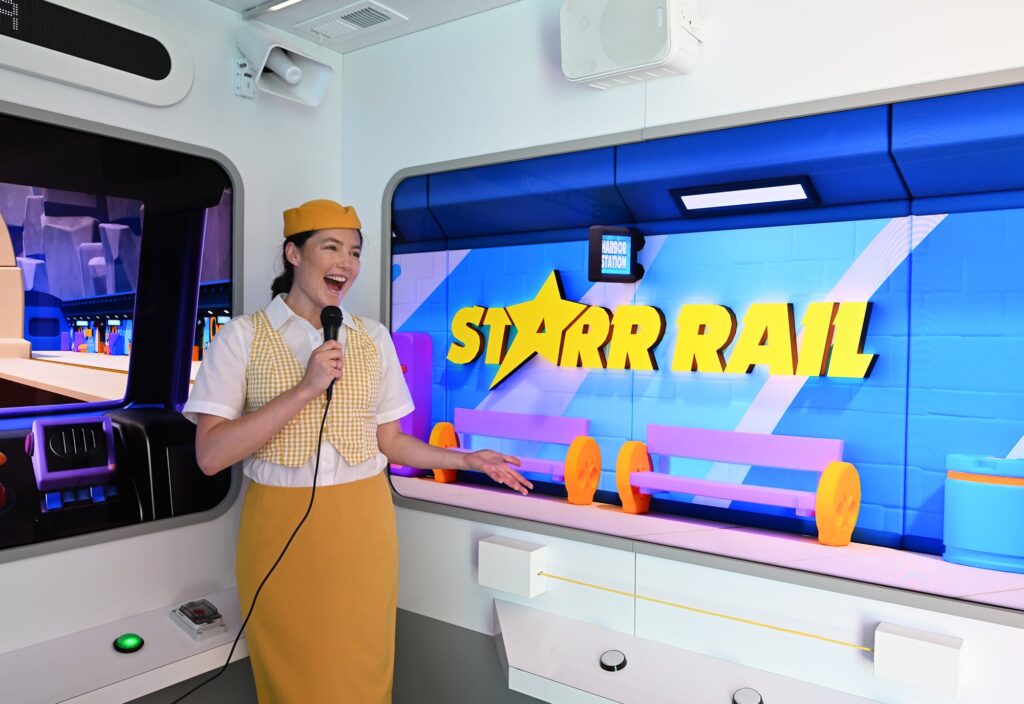So you want to connect with a consumer or maybe reward him for making a purchase or sharing the good word about your product or service. A mobile rewards platform may be just what you need.
With Nielsen projecting smartphone penetration to be as high as 35% by the fourth quarter of this year, the use of location services is steadily growing. A study by the Mobile Marketing Association (MMA) of more than 1,000 U.S. adults found that nearly 10% of all cell phone owners used location services once a week. This number jumped to 22% among adults ages 25-34. Consumers also indicated their willingness to allow their phone to automatically share their location in exchange for deals or perks.
Adding the element of localization to rewards via the mobile platform can improve the customer experience in several ways. For one thing, by connecting with consumers through proximity sensors, brands can upsell customers with special offers when those customers are within a certain radius of a store or restaurant, providing the potential for instant gratification. What’s more, while you can continue to offer awards based on standard criteria such as number of visits or spending threshold, a localized mobile rewards program also allows you to customize campaigns based on location or time of day.
At the moment, rewards programs with a mobile component tend to have the consumer “check in” when he visits a location so that he can earn his points and be alerted to any special offers. This action, however, also triggers other brand deals that may exist in the area. The start-up WeReward takes a somewhat different approach: It asks users to complete tasks—say, buying a meal at a participating restaurant and submitting a photo as proof—to earn points that can later be applied to rewards such as gift cards and discounts at participating businesses.
Brands are already leveraging mobile marketing to drive increased interaction and in-store purchases, but few have applied a localization aspect to its deals. Gap created a deal where shoppers earn a 25% discount when they visit a store twice. Starbucks integrated mobile rewards into its Frappuccino “happy hour” so that users could earn half-priced Frappuccinos if they checked in. Burger King applied location to a campaign by giving customers in New York City a free coffee or soda after “having it their way” three times and purchasing certain sandwiches.
With every marketing effort, having the ability to collect metrics will help determine the success of a campaign. Thankfully the new school of rewards will provide multiple benefits. Most mobile rewards platforms have administrative protocols that allow brands to see who checks in, how many times they check in, their location, and the offers they converted. If you can apply location and the ability to offer a variety of rewards, what is stopping you from offering one deal for individuals who visit a chain retailer’s same location three times a week and another for those who visit three of the chain’s stores 10 times a week? This offer is based as much around behavior as it is location.
We need to remember that business success is built on differentiation and that in our connected world, consumer habits will drive differentiation needs by a point in time and space.
Alex Matjanec is head of media and communications/managing partner for AD60, a web product development agency.



